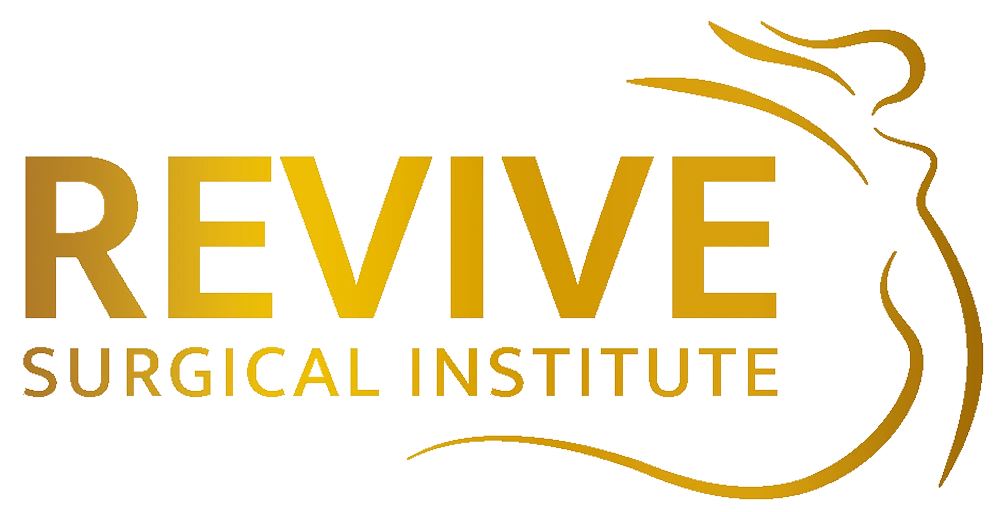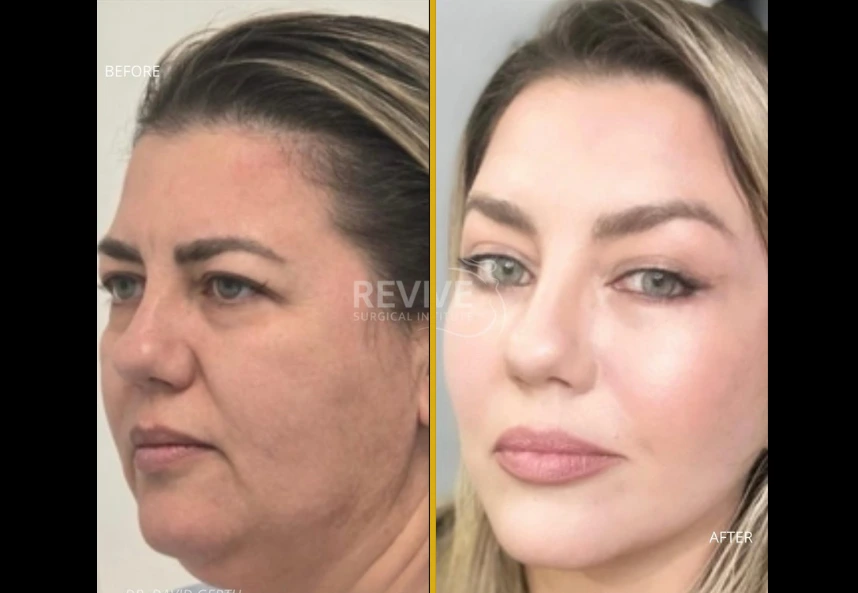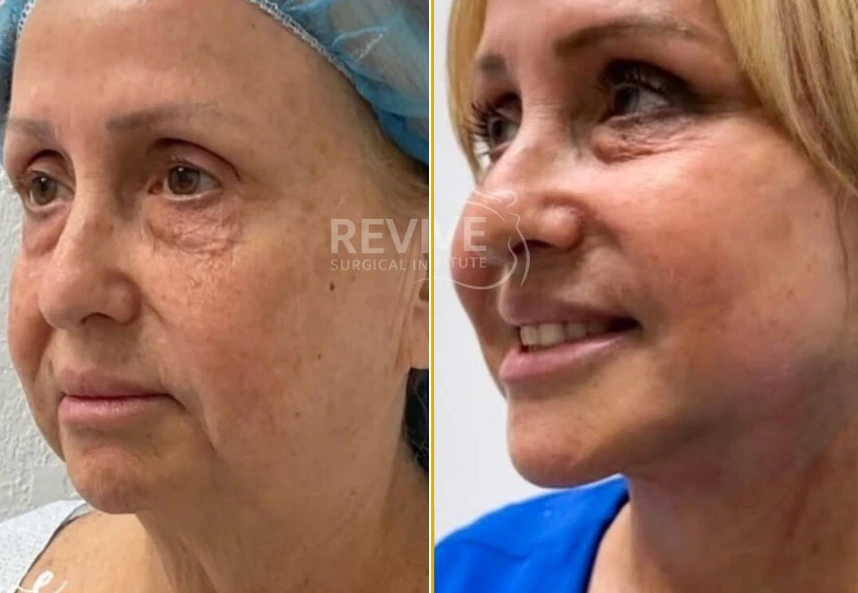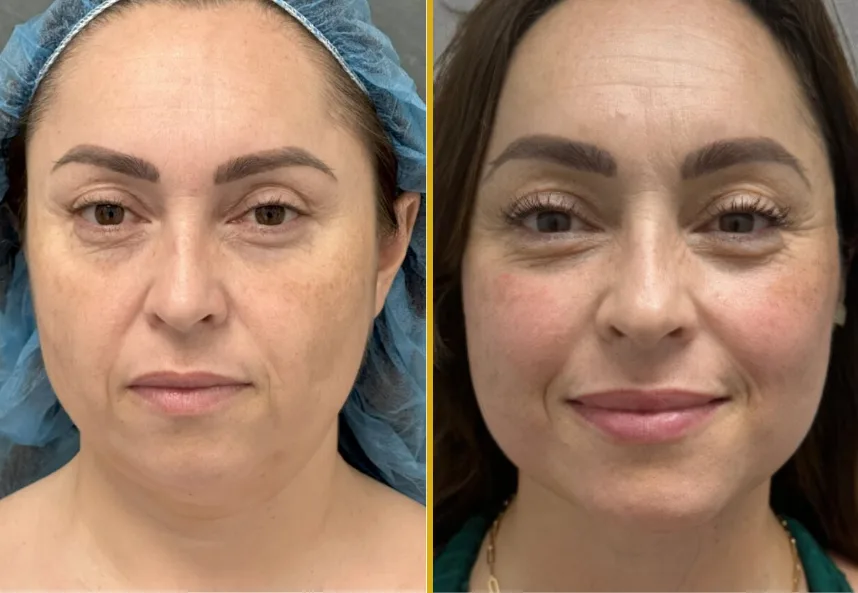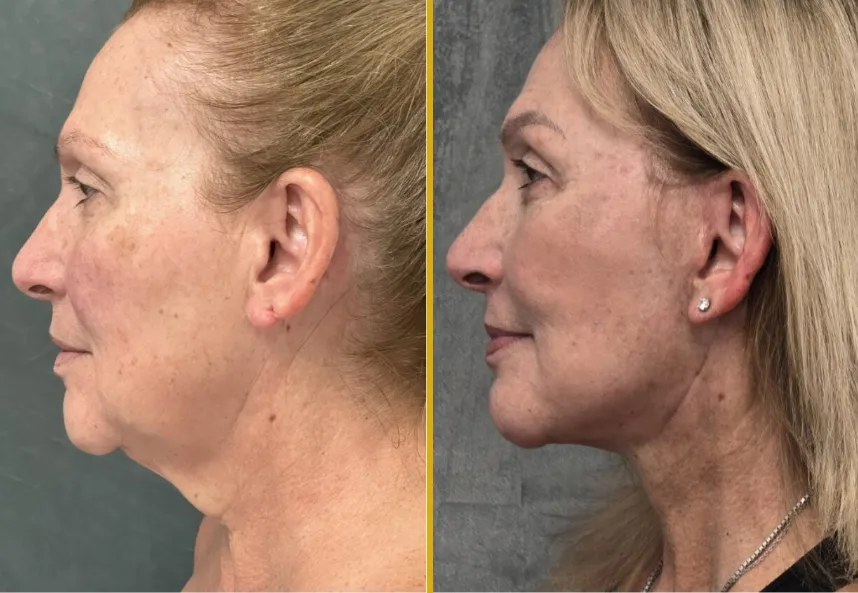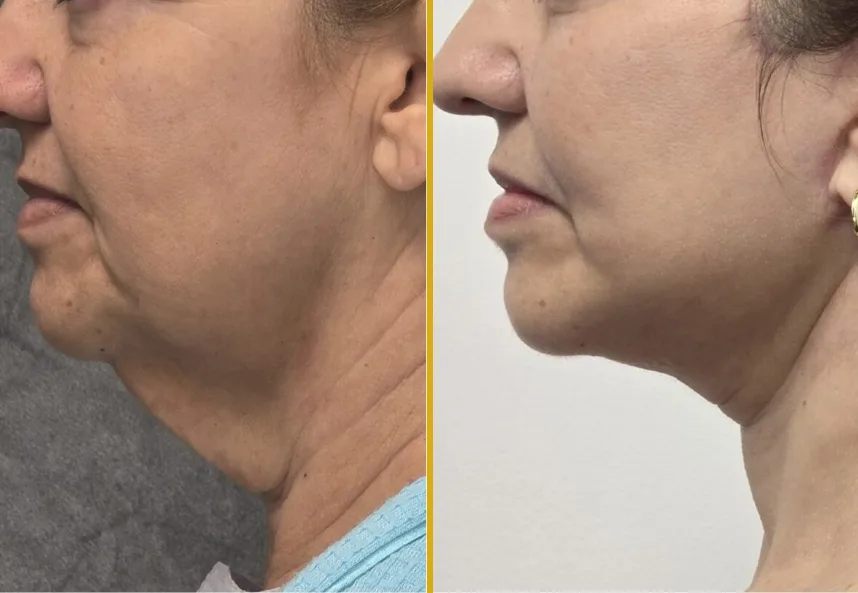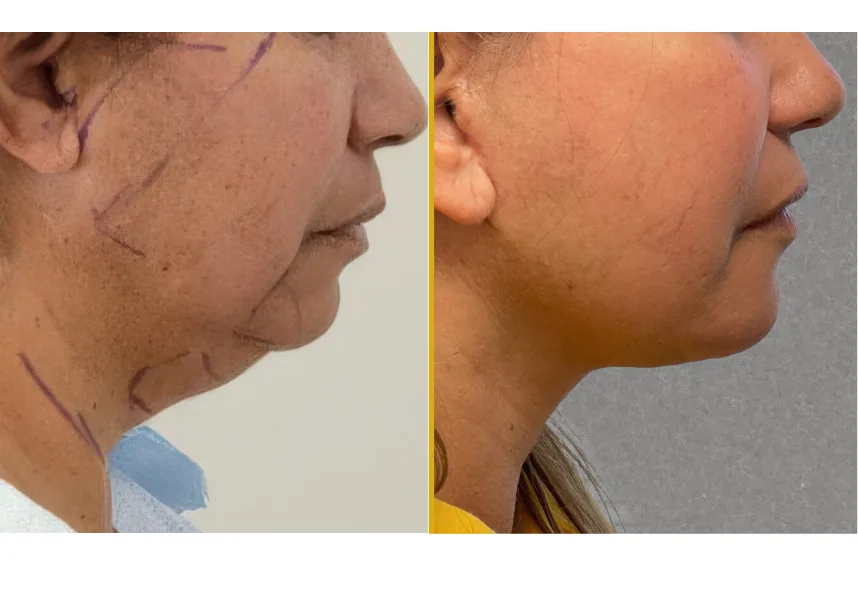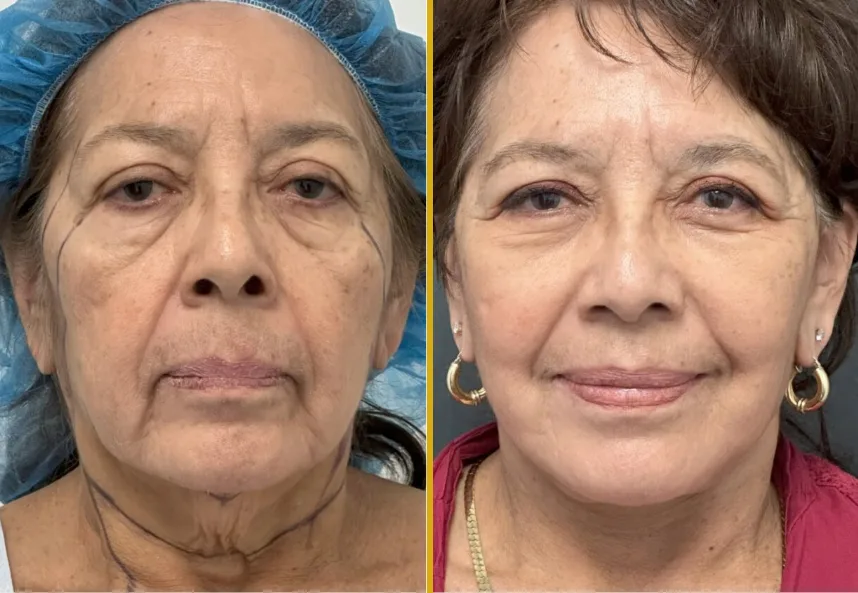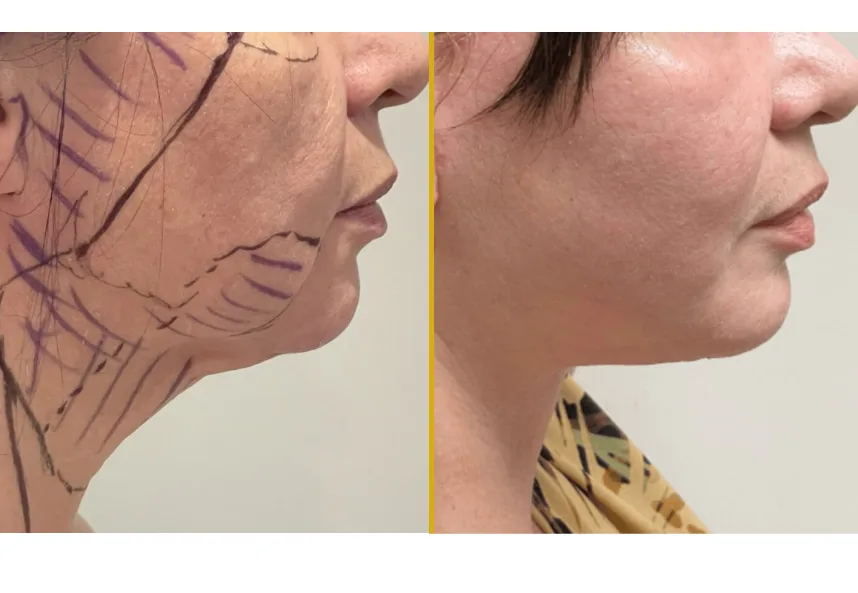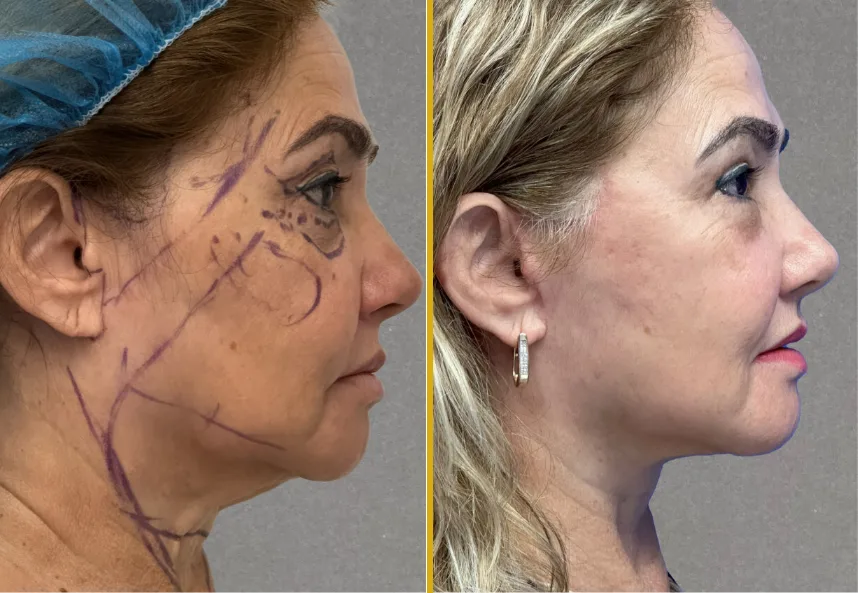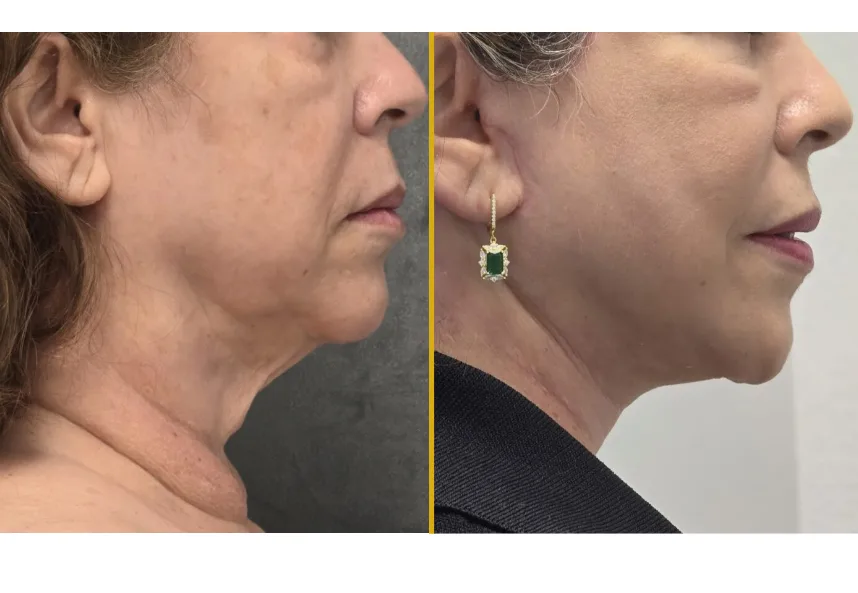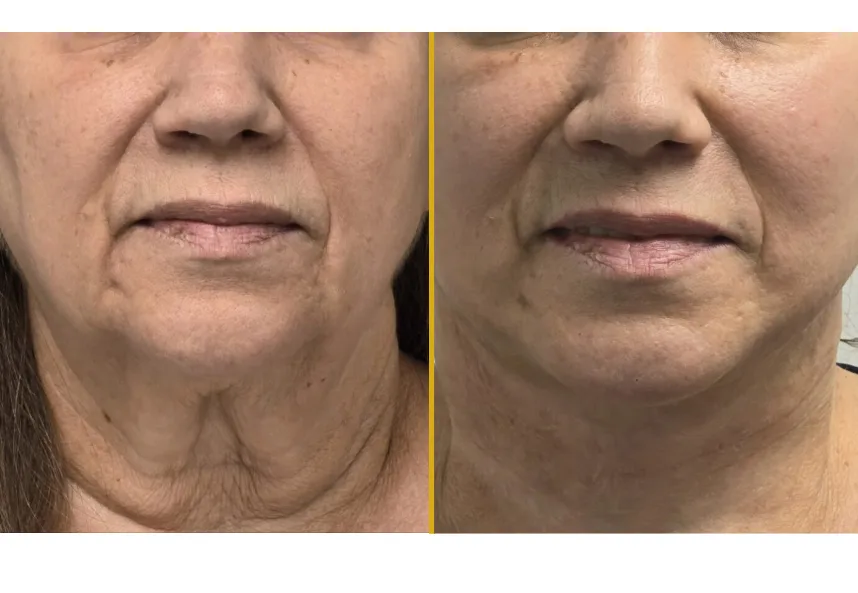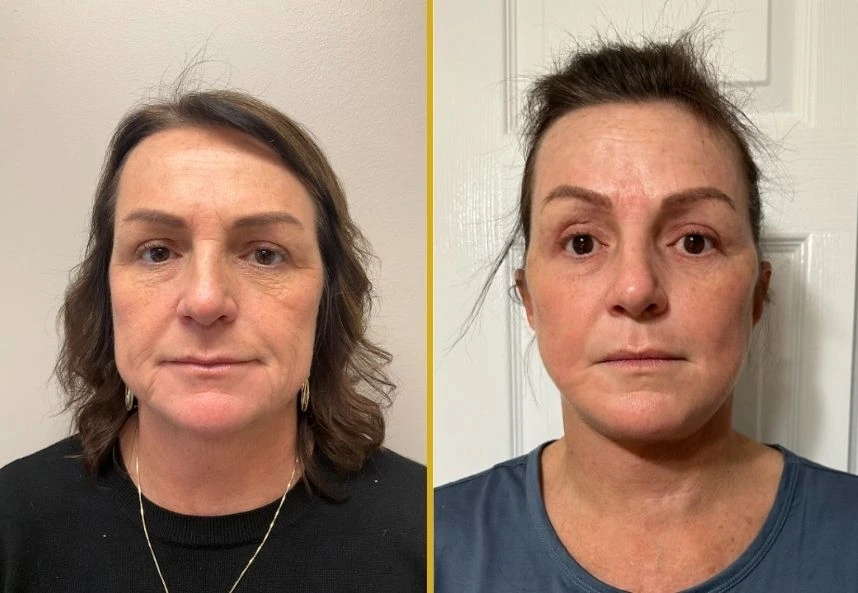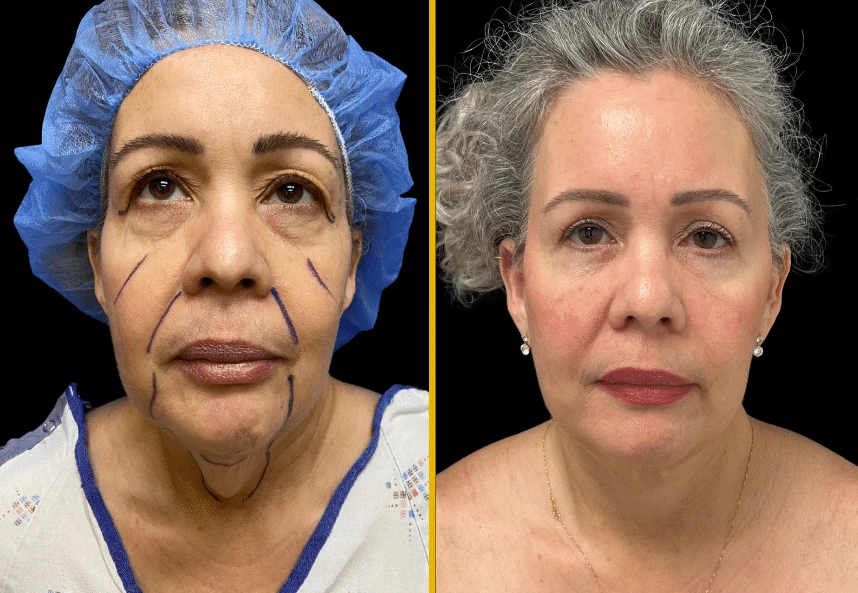How Soon Can I Travel After a Facelift?

Traveling in the First
Few Weeks
Car Travel
Air Travel
Physical Comfort
Tips for Traveling Safely
After a Facelift
- Keep your head elevated as much as possible, even while resting.
- Stay hydrated, especially during flights, to support circulation and healing.
- Wear loose, comfortable clothing that avoids pressure around the face or neck.
- Take short breaks to stretch and walk during long journeys to reduce clot risks.
Long-Term Travel
Considerations
By four to six weeks, most patients feel comfortable resuming normal travel. Swelling and bruising are greatly reduced, and incision sites are well on their way to healing. At this stage, longer trips are typically safe, as long as you follow your surgeon’s clearance and continue to protect your recovery.
Patients planning international travel or extended vacations should discuss timing in detail during their consultation. Healing varies from person to person, and individualized guidance ensures you remain safe and comfortable throughout your journey.
The Role of Professional
Guidance
Conclusion
Travel after a facelift is possible, but timing is crucial for protecting your healing and achieving long-lasting results. Short car rides may be safe within a week, but flying and longer trips should usually wait until at least two weeks have passed. By four to six weeks, most patients can travel more freely, provided they follow professional advice.
With careful planning and the expertise of Dr. Askari, patients at Revive Surgical Institute can enjoy a smooth recovery while confidently returning to the routines and activities they love—including safe, well-timed travel.
